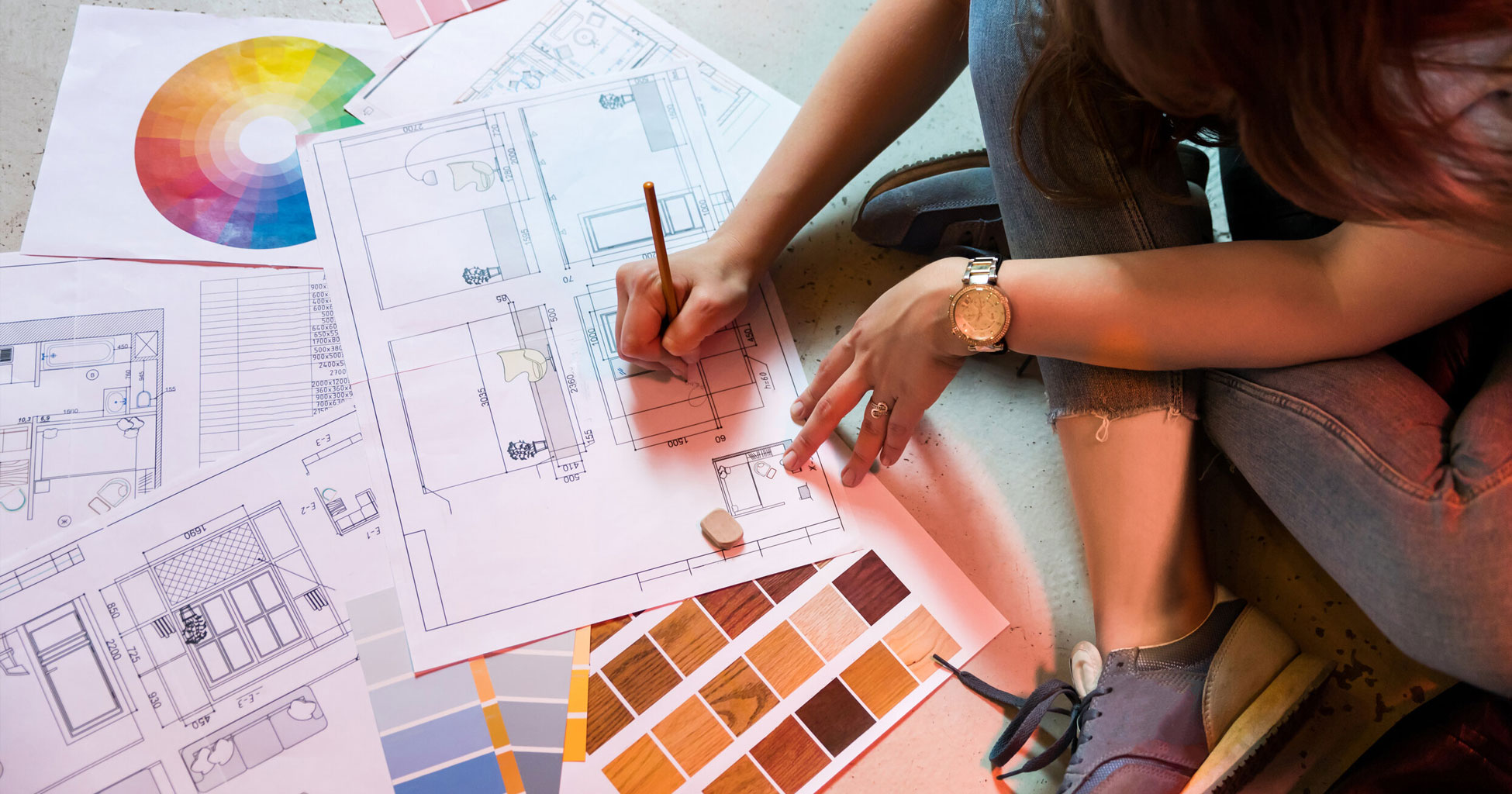It seems that everyone wants to be a designer these days, but in reality, not everyone has the chops.
Before I got into the interior design business, I was in finance. At the time, I had engaged interior designers for various projects but I’ll admit that I had no idea how comprehensive a designer’s job was–until I started doing it.
Historically, the perception of interior designers was as glorified “pillow fluffers;” expensive and indulgent; the keepers of colour swatches and upholstery samples. Yes, that’s part of it, but there’s more to “good design” than meets the eye. Good design is not easy. It takes talent and skill to balance aesthetics, budget, function and time-lines. It takes a very specialized skill set to check off all those boxes.
I’ve come across homebuilders, trades and even a few clients who have tried to play the role of “designer.” To them, I have a motto: “Why get a dog and bark yourself?” You hired a designer, let them do their job.
What can you expect from an interior designer? Here’s the breakdown, in four broad strokes.
1. DESIGN CONCEPT
This is the foundation of the design project, and step one of the process. Your designer will give their ideas depth and direction through visual aids, such as drawings and sketches. Interior elevations will highlight surfaces, edges and intersections of different materials and forms, such as tile and stone details, position of countertops and cabinets, plumbing fixtures, lighting locations, stair design and focal points. What follows is a detailing of materials and finishes such as flooring, light fixtures, plumbing, paint, cabinets and the like. Then comes millwork, which includes the design of the kitchen, all bathrooms and any other built-ins within the project. Once these selections are made, you and your contractor will receive colour boards, for final visualization and future reference.
2. DOCUMENTATION
Next, your designer will document the details identified in the design concept, from a budget perspective. This step also includes a millwork plan, reflected ceiling plan with basic electrical layout, detailed elevations, a detailed interior specification document highlighting all interior and exterior finish selections, as well as any specific installation instructions. Assume nothing. Remember, if it’s not on paper then it never happened. As the homeowner and client, review this carefully to ensure all the details reflect your expectations and discussions with your interior designer.
3. 3D DRAWINGS
Very few people can visualize what their space will look like once completed. That’s why interior designers leverage tools like 3D drawings, which are about as “real” as you can get before shovels hit the ground. Your designer will “build” your selections into a three-dimensional drawing, right down to the detail including actual artwork and furnishings. This is an important part of the process, as it is your first “view” of what the space will actually look like. It’s also your chance to speak up, if any last words need to be said (second thoughts, hesitations and reconsiderations. You know what they say, an ounce of prevention…
4. FURNITURE AND ACCESSORIES
The final step is layering in the furniture, fabrics, rugs, accessories, artwork, window coverings and any other finishing touches. You can expect all items to be labelled and added to the floorplan, to ensure correct sizing and facilitate installation. Once everything has been shipped and received, a team of installers should be arranged for assembly.
All this, not to mention the emotional side of a build–the waiting, the indecision, the design impasses with spouses or house-mates, and the countless other issues that inevitably arise. Interior designers are in the people business and are generally great sounding boards. At the end of the day, I’d say we certainly earn our keep–and make a complicated and challenging process a whole lot easier.
And that is essentially how every interior design project takes shape, from start to finish, in “just four simple steps.” As you can see, these steps aren’t simple, nor are there just four. Good interior design doesn’t happen by chance. There are many moving parts and it takes a team for them to all chug in unison.

